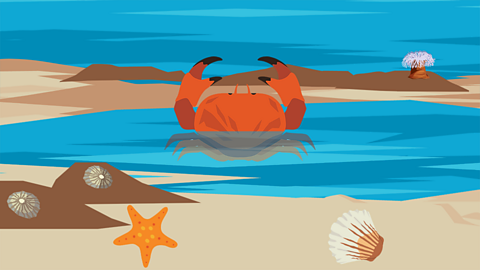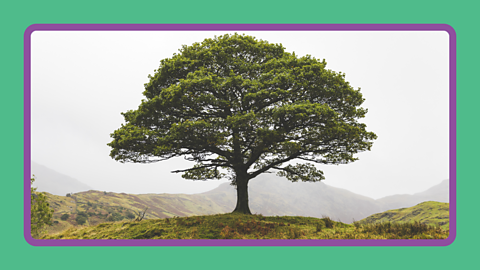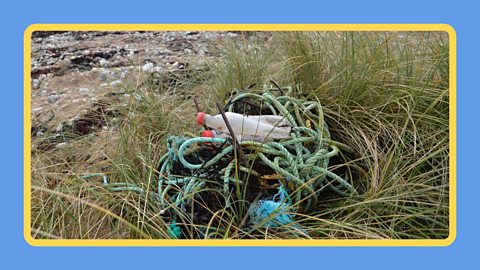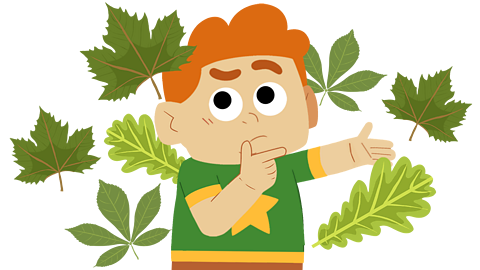
What is dead, living and non-living?
The environment around us is full of dead, living and non-living things.
Trees and animals are living things.
Dry leaves on the ground are dead, but they were once part of a living tree. The bones of a dead animal were also once part of a living thing.
A non-living thing has never been alive. It does not show any of the characteristics of living things. Non-living things are not alive so they do not need food, water or air. These include; water, rocks, weather, fire, and metal.

Watch: Is it alive, dead or non-living?
Explore this street and see what is dead, living and non-living.
Is it alive?
The world is full of many different things.
If you take a quick look around you, you'll notice some of these things are alive like birds and trees.
Some of them were alive but are no longer living like fallen leaves or the paper we make out of wood.
And others have never been alive at all like lamp posts or stones.
But what is the difference between living and non-living things?
We know something is alive when it does certain things.
It reacts to its surroundings.
It need air.
It feeds.
It grows.
It reproduces and it gets rid of waste just like you do.
Some things like fallen leaves were once alive as they were part of living trees.
But some things like stones or rocks were never alive as they were never able to breathe, eat, grow, reproduce or get rid of waste.
Take a look around you, how many living or non-living things can you see?
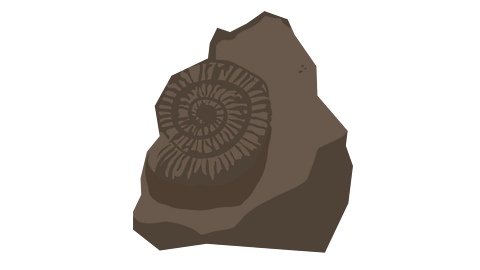
Did you know?
Fossils are dead, but were once alive. Most fossils that are discovered are from creatures that were alive many millions of years ago, but fossils can be made of creatures that were alive more recently.
Fossils are useful to scientists and historians as they can help us to learn more about animals and plants that lived a long time ago.

Dead, living and non-living
What is dead, living and non-living?
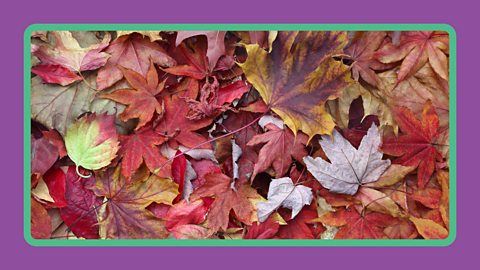
Image caption, Dead
Tree leaves that have changed colour and fallen to the ground are dead.
1 of 3
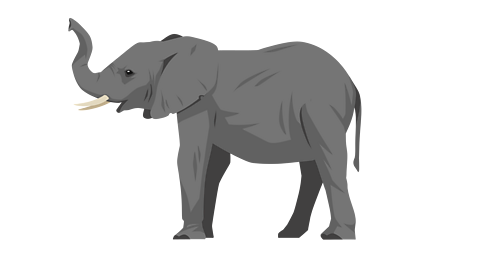
Fascinating facts
Several animal species have shown signs of grief when another dies, such as elephants, dolphins and chimpanzees.
All living things, including plants and animals, can move.
Some non-living things can also move, like wind and water.
The ancient Egyptians used to mummify their dead and place them in brightly coloured sarcophaguses (a sort of coffin).
In autumn as the weather becomes colder, trees leaves go from living to dead, changing colour from green to red or orange, and falling to the ground.
Some frogs, like the wood frog, can tolerate their blood and other tissues freezing whilst still being alive.

Important words
Dead – Any animal or plant that was living but is no longer alive.
Grief – A natural response to losing something.
Growth – An increase in the size and mass of any living thing.
Living – Anything currently alive, like animals and plants.
Movement – The way that a living thing moves or changes position.
Non-living – Any material, like metal, plastic or stone, that hasn't at any point been alive.
Nutrition – Food that helps an animal or plant grow.
Respiration – The process of breathing. This can only be done by living things.
Reproduction – The way that a living thing creates offspring and babies.
Activities
Activity 1 – Objects which are dead, living and non-living
Explore the picture below by clicking on the different objects.
Activity 2 – Find the dead, living or non-living objects
Activity 3 – Dead, alive or non-living quiz
Activity 4 – Sort the objects
Play Bitesize Primary Games
Play fun and educational primary games in science, maths, English, history, geography, art, computing and modern languages.

More on Living things and their habitats
Find out more by working through a topic
- count11 of 11
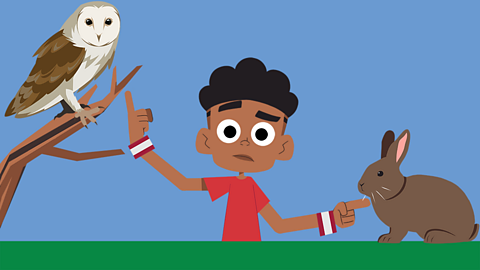
- count1 of 11
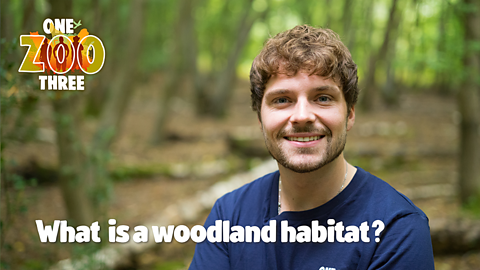
- count2 of 11
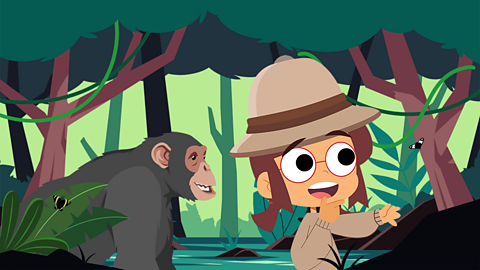
- count3 of 11
